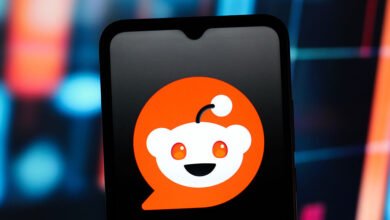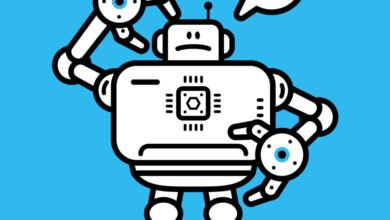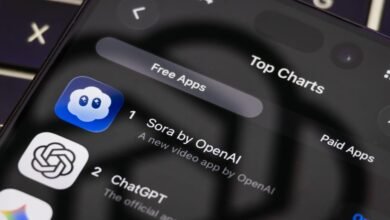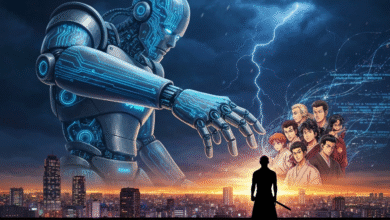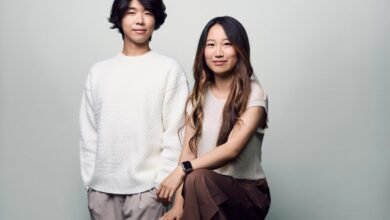Did AI Firms Outsmart Authors? The Legal Battle Explained
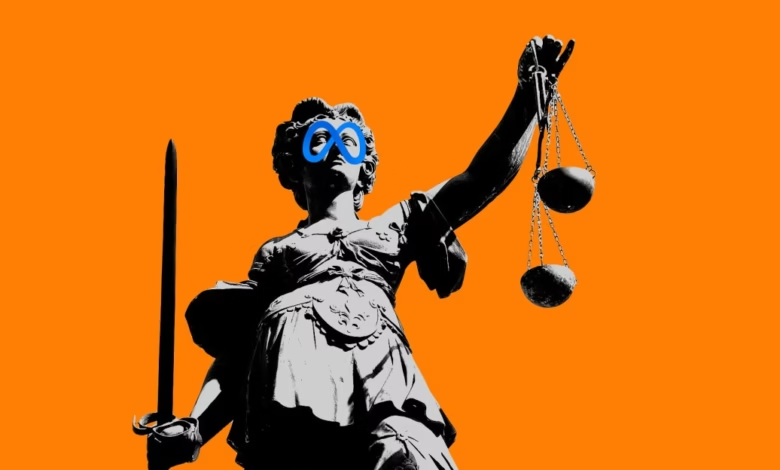
▼ Summary
– Two recent court rulings favored AI companies Anthropic and Meta in copyright cases, but left key legal questions unresolved, complicating the AI-copyright landscape.
– Judges ruled that training AI models on copyrighted books can qualify as fair use if the output is transformative, but dismissed concerns about market harm in these specific cases.
– Both cases avoided addressing whether AI-generated outputs infringe copyright, leaving a major legal question open for future lawsuits.
– The rulings highlighted risks for AI companies using pirated training data, with potential for significant financial penalties if illegal sourcing is proven.
– The decisions raise broader questions about AI’s impact on creative markets and whether copyright law can effectively balance innovation with artists’ rights.
The legal landscape surrounding AI and copyright has become increasingly complex, with recent court rulings offering mixed outcomes for tech companies and content creators alike. While some decisions appear favorable to AI firms, the implications extend far beyond initial appearances, raising critical questions about fair use, intellectual property rights, and the future of creative industries.
Two high-profile cases involving Meta and Anthropic highlight the ongoing tension. In one ruling, Judge William Alsup determined that training AI models on copyrighted books could qualify as fair use, provided the material was legally obtained. However, he sharply criticized Anthropic for initially sourcing books from pirated sites, leaving the company vulnerable to significant financial penalties. Meanwhile, Judge Vince Chhabria dismissed a separate lawsuit against Meta but raised concerns about AI’s broader impact on artists, suggesting that unchecked AI-generated content could undermine traditional creative markets.
Fair use remains a central battleground. Both judges acknowledged that AI models transform source material into something new, a key factor in fair use assessments. Yet Chhabria’s opinion introduced a provocative argument: even if AI outputs are transformative, their potential to flood markets with cheap, automated content might outweigh any benefits. This reasoning could reshape future lawsuits, particularly as artists and publishers push back against AI-generated reproductions of their work.
The rulings also left major questions unanswered, particularly regarding AI-generated outputs. While training datasets were the focus, the real legal flashpoint may emerge when AI systems produce content that closely mimics copyrighted works. Cases like The New York Times vs. OpenAI and Disney’s lawsuit against Midjourney underscore this concern, as plaintiffs allege direct infringement through AI outputs.
Piracy remains a glaring liability for AI companies. Anthropic’s admission that it initially used illegally sourced books exposes a widespread industry risk. Legal expert Blake Reid warns that evidence of systematic piracy could turn companies into “money piñatas,” facing massive damages. Smaller AI firms, especially open-source projects, may struggle to absorb these costs, potentially reshaping the competitive landscape.
Beyond immediate legal consequences, these cases force a deeper reckoning. If AI companies must license training data, will costs stifle innovation, as some executives claim? Or will licensing deals, like those already emerging, create a sustainable model? Conversely, if unchecked AI proliferation devalues human creativity, can copyright law effectively protect future artists?
The courts have only begun to grapple with these dilemmas. While recent rulings offer temporary clarity, they also signal that the most consequential battles, over outputs, market harm, and ethical boundaries, are still ahead. For now, the AI industry’s victories are partial, leaving creators, corporations, and legal experts bracing for the next wave of litigation.
(Source: The Verge)
